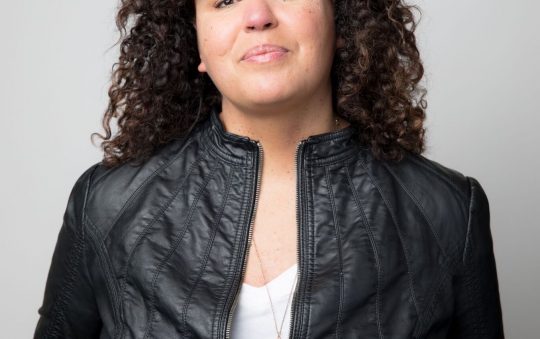
Digital equity advocates – people who have been working for decades now to come up with solutions to narrow the divide between people who are connected to broadband and those who still aren’t – say Internet Service Providers (ISPs) must partner with the ethnic media to reach people in California who remain unconnected and under-connected to broadband service.
“We have focused on the importance of community and Ethnic Media. We think that the Internet Service Providers should be advertising with (ethnic media), reaching out to you and connecting with you,” said Sunne McPeak, CEO of the California Emerging Technology Fund (CETF) a statewide non-profit with offices in Concord and Los Angeles dedicated to closing the digital divide.
McPeak says, with its 91 % broadband adoption rate, California has done a remarkable job getting people online with stable access to high-speed internet connections that can improve their quality of life. That number has skyrocketed from 55 % in 2008.
=However, there are still 6 million Californians, she says, who are not connected or under-connected (those with only smartphone access) to broadband. Most of those people live in low-income households.
Among Californians who are not connected to high-speed internet, 8 % — more than half of them – are Black, according to CETF.
“There is still clearly a divide among groups that are most digitally disadvantaged socioeconomically,” McPeak said. “No state has more low-income people than California. 15 % of our population is low income.”
McPeak was speaking during a news briefing organized by Ethnic Media Services last week titled “Trapped by the Digital Divide: Demanding Universal Broadband as a Basic Right.”
McPeak was joined on the online conference by Angela Siefer, executive director of the Cleveland-based National Digital Inclusion Alliance (NDIA).
Siefer shared national numbers that reflect that the vast majority of people who are still not connected to the internet live in urban areas, challenging a widely held notion that rural areas remain the regions most unconnected to broadband in the United States.
“Prior to the pandemic, 36 million US households did not have an internet connection in their home,” said Seifer. “Of that number, 26 million are urban and 10 million are rural. I want to confirm the bigger number piece of this is urban.”
In addition to having a high broadband adoption rate, California continues to take a number of steps to make sure there is universal connectivity to broadband.
Last week, Gov. Newsom signed Senate Bill (SB) 156 into law. That legislation requires the state to make a multi-billion dollar investment into the construction of a state-owned open access network of internet cable with several offshoot lines that will connect unserved households and businesses mostly in urban and rural areas.
“As we work to build California back stronger than before, the state is committed to addressing the challenges laid bare by the pandemic, including the digital divide holding back too many communities in a state renowned for its pioneering technology and innovation economy,” said Newsom at a rural elementary school in Tulare County.
“This $6 billion investment will make broadband more accessible than ever before, expanding opportunity across the spectrum for students, families and businesses – from enhanced educational supports to job opportunities to health care and other essential services,’ the governor continued.
Also continuing to ensure as many Californians as possible not only have access to broadband but also have reliable equipment to connect to it, California State University announced that it will give all incoming students and transfers at eight of its campuses across the state new iPad air tablets. The package includes accessories, including smart keyboards. The only requirement for the students is to register at a website called CSUSUCCESS (CSU Connectivity Contributing to Equity and Student Success)
“CSUCCESS will assure that students have immediate access to innovative, new mobile tools they need to support their learning, particularly when faced with the lingering effects of the pandemic,” CSU Chancellor Joseph Castro said, announcing the initiative.
McPeak says while there are a number of programs like the federal Emergency Benefit Broadband program that can help Americans connect to high-speed internet more affordably, many people are just not aware of them.
“We have to ask, what are (the ISPs) doing to work with ethnic media and community organizations?” asked McPeak.






